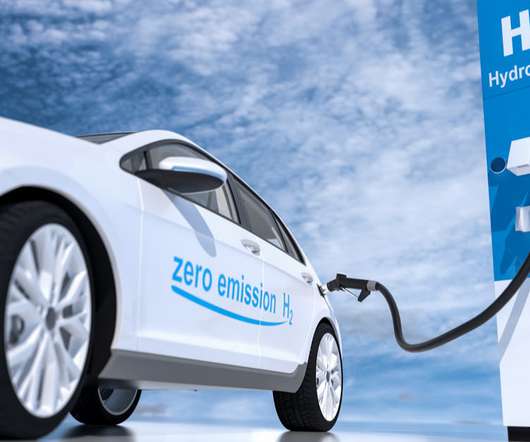Report: sustainable batteries represent the best prospect for meeting Paris climate goals; requires $550B investment over 10 years
Green Car Congress
SEPTEMBER 20, 2019
The report— A Vision for a Sustainable Battery Value Chain in 2030 —suggests that, with a concerted push to put the right conditions in place, batteries could enable a 30% reduction in carbon emissions in both the transport and power sectors. This would also contribute to achieving the more ambitious 1.5°
















Let's personalize your content